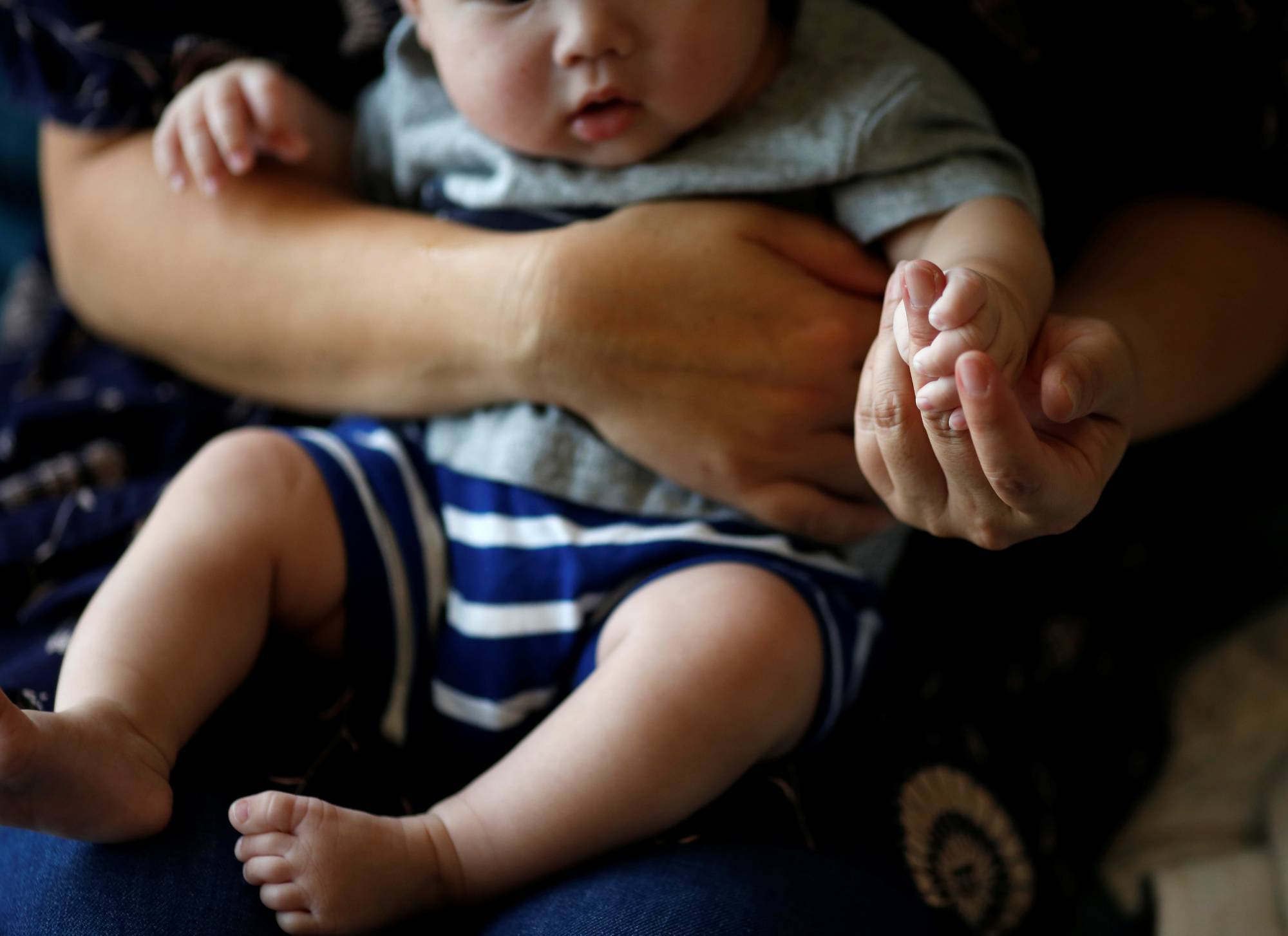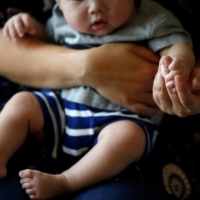Japan’s fertility rate fell to a record-tying low of 1.26 in 2022, declining for the seventh straight year, according to health ministry data released Friday.
The total fertility rate — the average number of children a woman will give birth to in her lifetime — was down from 1.30 the year before and on par with a record low marked in 2005, the data showed.
The number of newborns last year, however, reached a record low at 770,747, down 40,875 from 2021. It also marks the first time for the number of newborns to fall below 800,000.
The latest statistics come amid heightened efforts by national and local governments to to reduce the barriers that may be preventing people from getting married and starting families.
On top of longstanding issues such as difficulty balancing work and life and the cost of child-rearing, experts cite the COVID-19 pandemic — and the resulting fear of pregnancy complications — as one reason fewer women decided to give birth.
By prefecture, Okinawa had the highest fertility rate at 1.7, followed by 1.63 in Miyazaki and 1.6 in Tottori. Tokyo reported the lowest total fertility rate at 1.04.
The data also shows that the number of deaths was 1,568,961 in 2022, up by 129,105. Cancer was the leading cause of death, followed by heart disease and old age.
Prime Minister Fumio Kishida has announced his resolve to implement “measures of unprecedented levels” to tackle the nation’s declining birthrate, setting the years through 2030 as the last period to reverse the long-term trend.
On Thursday, the government announced that it will set aside about ¥3.5 trillion per year for child care policies over the next three years in hopes of turning around the shrinking population trend.
The proposed policies include getting rid of income limits for couples to receive child care subsidies and beefing up scholarships for college education.




